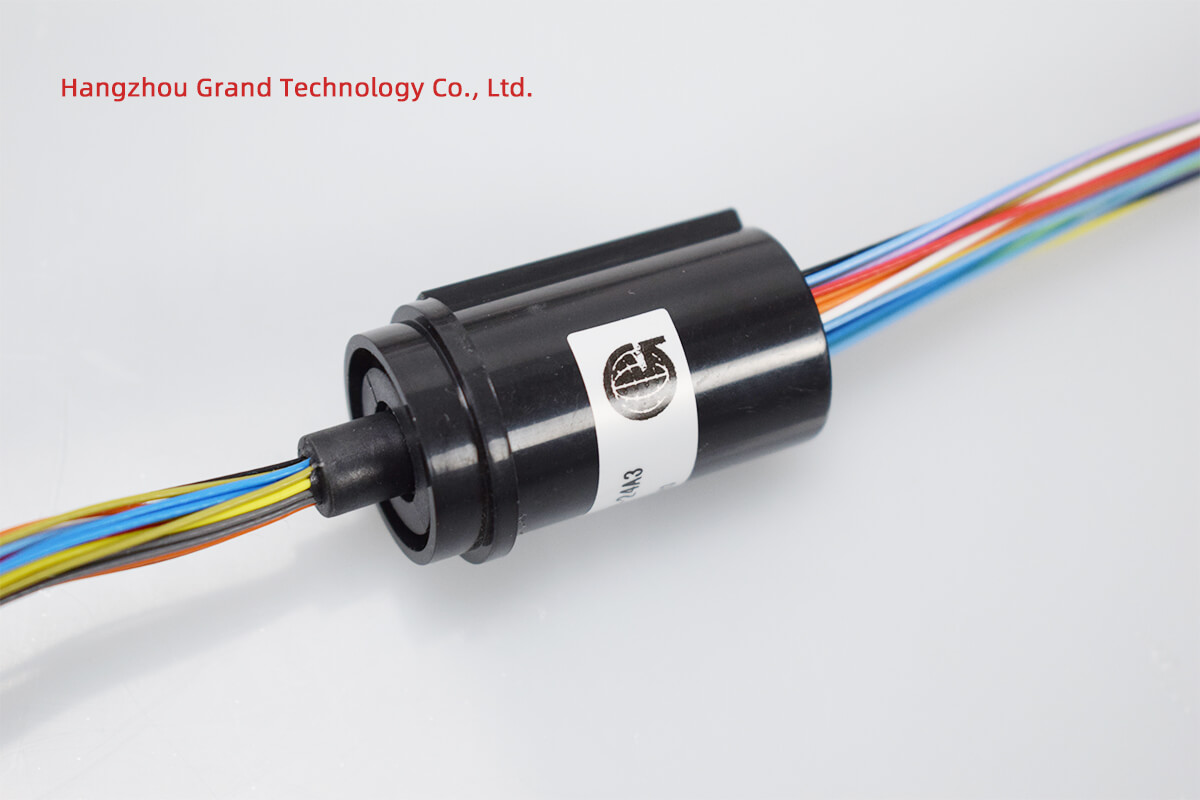In the world of electrical motors, reliability and efficiency are crucial for seamless operations across various industries. Today, we shed light on a critical aspect of slip ring motor maintenance – testing. By subjecting slip ring motors to comprehensive testing procedures, industries can ensure their motors are performing at optimal levels, delivering reliable power and efficiency. Join us as we explore the significance of testing slip ring motors and the transformative impact it has on industrial applications.
Slip ring motors play a vital role in powering various industrial processes, from heavy machinery to complex systems. These motors are designed to withstand demanding operating conditions, but over time, wear and tear can occur, affecting their performance. Testing slip ring motors is an essential practice to identify any issues, prevent potential failures, and optimize their performance.
One of the primary reasons for testing slip ring motors is to assess their electrical performance. By conducting tests such as insulation resistance, winding resistance, and high-potential (hipot) testing, engineers can evaluate the motor’s electrical integrity. These tests help identify any insulation degradation, ground faults, or potential short circuits that may compromise the motor’s safety and efficiency. Through regular testing, these issues can be detected early, allowing for timely maintenance or repairs to prevent costly breakdowns or accidents.
Additionally, testing slip ring motors allows engineers to evaluate their mechanical performance. Mechanical tests include checking bearing condition, alignment, and vibration analysis. By monitoring these parameters, engineers can detect any excessive vibrations, misalignment, or bearing wear, which can lead to premature failure or decreased motor performance. Identifying and addressing these mechanical issues through testing can significantly extend the motor’s lifespan and optimize its efficiency.
One critical aspect of testing slip ring motors is load testing. Load testing involves applying a simulated load to the motor and measuring its performance under specific operating conditions. This test provides valuable insights into the motor’s ability to handle different loads, its efficiency, and its power factor. Load testing helps determine if the motor is operating within its rated capacity and provides valuable data for making informed decisions regarding motor performance optimization and load balancing.
Thermal testing is another crucial component of slip ring motor testing.
Thermal tests involve monitoring the motor’s temperature rise during operation to ensure it remains within safe limits. Excessive heat can lead to insulation degradation, increased resistance, and decreased motor efficiency. By conducting thermal tests, engineers can assess the motor’s cooling system, identify any heat dissipation issues, and make necessary adjustments to maintain optimal operating temperatures.
It’s worth noting that advanced testing techniques, such as infrared thermography, can be employed to evaluate slip ring motor performance.
Infrared thermography uses thermal imaging cameras to capture and analyze the motor’s temperature distribution. This non-contact method allows for early detection of hot spots, insulation defects, or other temperature-related anomalies. By detecting these issues early on, appropriate measures can be taken to prevent motor failure and optimize performance.
In addition to routine testing, periodic preventive maintenance testing is crucial for slip ring motors. This involves conducting tests at regular intervals, irrespective of any visible issues. Preventive maintenance testing helps identify potential problems before they escalate, ensuring uninterrupted operations and reducing the risk of costly downtime.
The testing of slip ring motors is not only a best practice but also a necessity for industries that rely on their continuous and reliable operation. By investing in regular testing and maintenance, industries can benefit from:
Improved Reliability: Testing helps identify potential issues early on, allowing for timely maintenance and repairs. This reduces the risk of unexpected motor failures, minimizing downtime and production losses.
Enhanced Safety: Electrical and mechanical tests help identify any safety hazards, such as insulation degradation or bearing wear. By addressing these issues promptly, industries can ensure the safety of their personnel and equipment.
Increased Efficiency: Testing helps optimize motor performance by identifying mechanical issues, load imbalances, or heat dissipation problems. By addressing these factors, industries can enhance motor efficiency, leading to energy savings and cost reduction.
Extended Motor Lifespan: Regular testing and maintenance significantly contribute to extending the lifespan of slip ring motors. By detecting and addressing potential issues, industries can prevent premature motor failures and maximize the return on their investment.
To ensure the reliability, efficiency, and longevity of slip ring motors, it is imperative to partner with experienced professionals who specialize in motor testing and maintenance. These experts possess the knowledge, tools, and expertise to conduct comprehensive tests and provide actionable recommendations for optimal motor performance.
See What We Can Do

